How to grow ginger in pots – expert tips for a successful crop
You can easily grow this spicy root vegetable in containers both indoors and in your yard
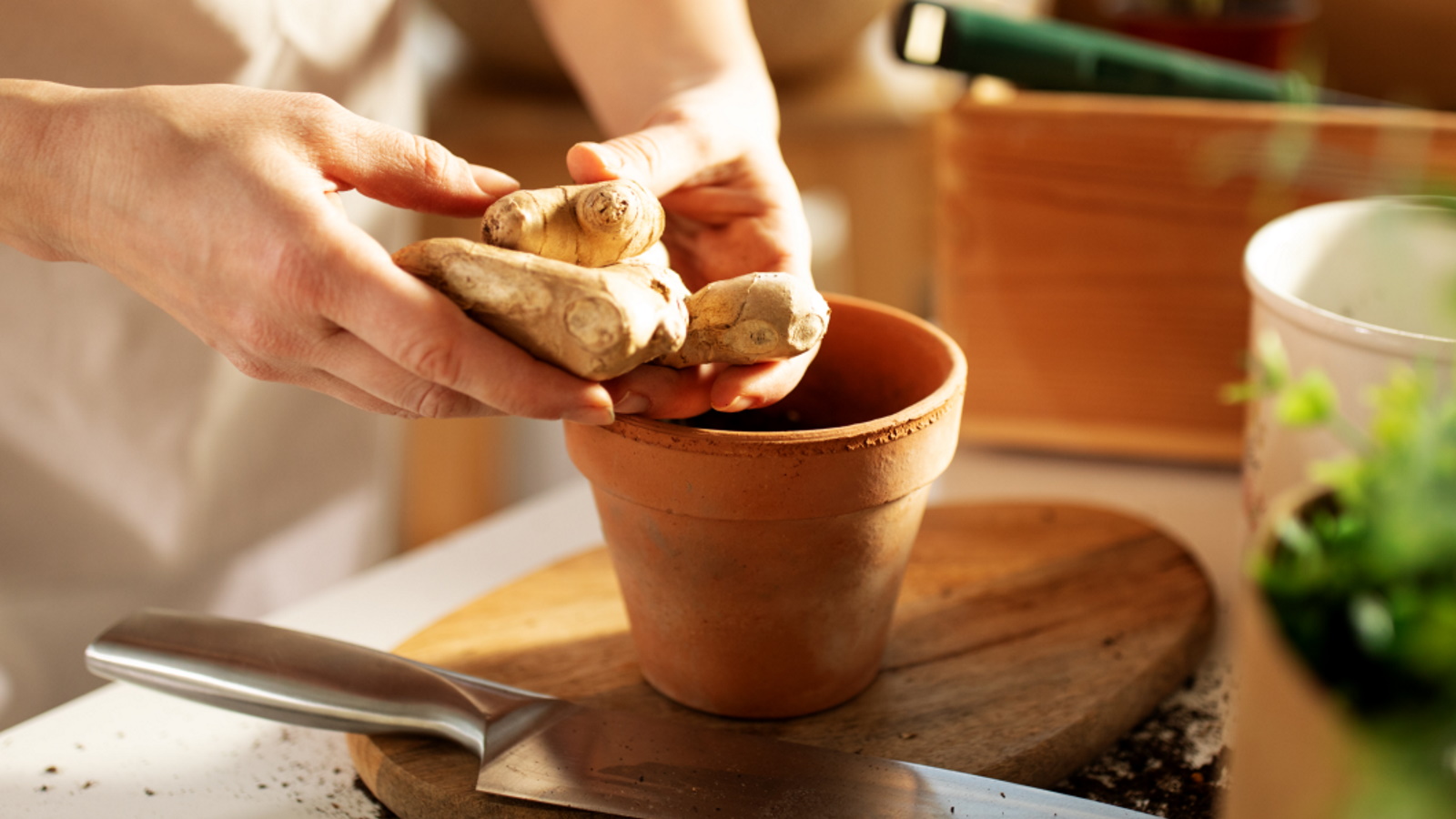

No matter the style of your vegetable garden, ginger is a valuable addition to have.
This root vegetable, also known as Zingiber officinale, is a popular kitchen ingredient for its spicy and peppery taste. The good news is it's easy to grow and the even better news is that ginger can be grown in pots for flexibility and convenience.
Whether you're an indoor gardener, have a container garden, or simply want to be able to move your ginger plant around, choosing to grow this crop in a pot can be highly beneficial.
We've spoken to experts to find out how to grow ginger in pots successfully to have an abundant harvest of this root vegetable.
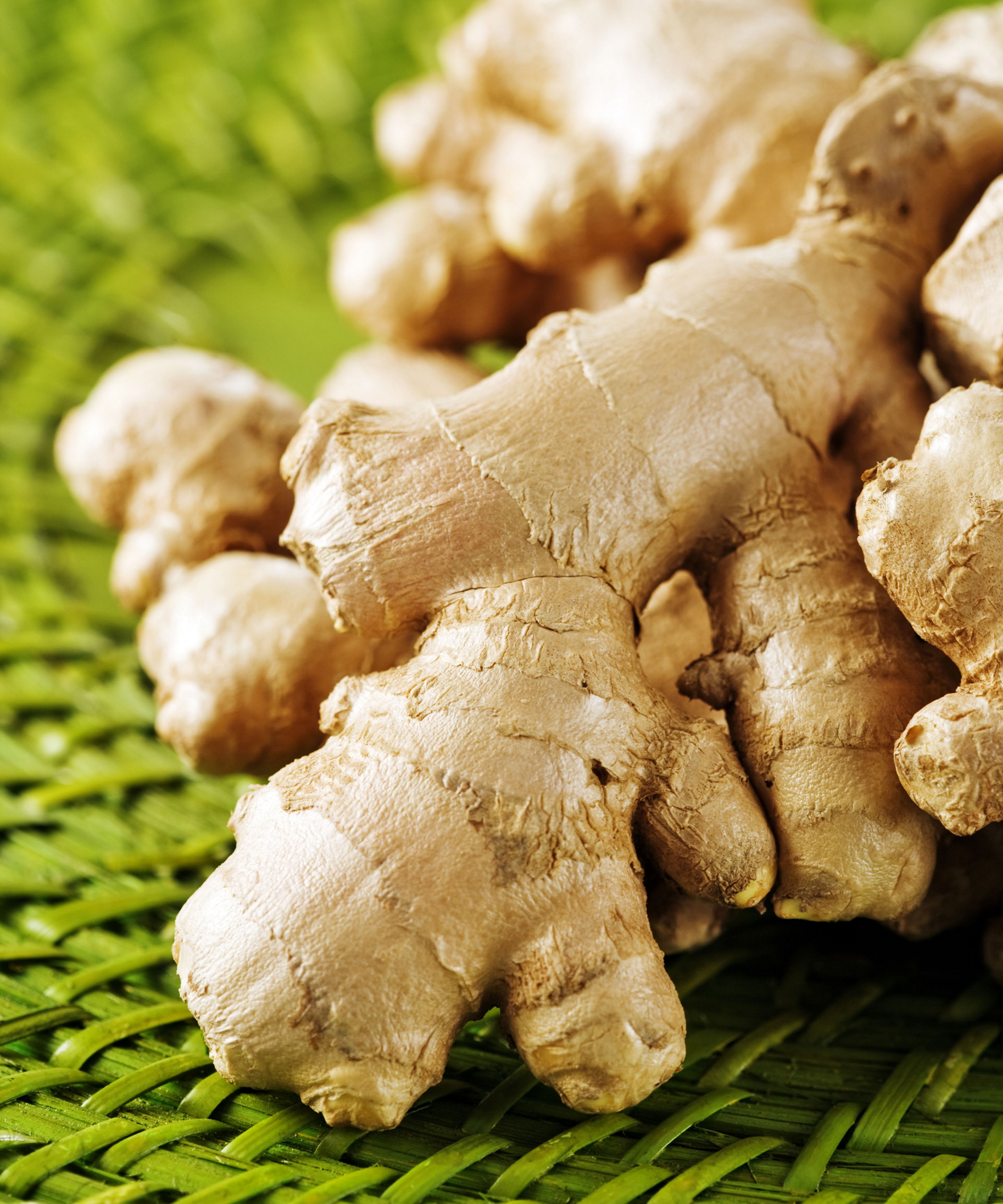
Why grow ginger in pots?
There are a few reasons why you may choose to grow ginger in pots. If you have a small backyard, containers offer you the opportunity to grow while saving space. Likewise, if you don't have a backyard at all you can create an indoor garden by using pots.
Growing vegetables in containers can also help keep them mobile to move them to more favourable environments.
'Growing ginger in containers is a great idea if you want to keep it in a warmer spot, like a greenhouse or even indoors. The warmer temperature provides optimal growing conditions,' says Drew Swainston, former professional gardener and gardens content editor at Homes & Gardens.
Ginger thrives in higher humidity because it is native to tropical and subtropical forests of south-east Asia. Therefore, growing it in a warm spot in a pot can help encourage growth.
You might even find that a indoor growing systems, like this indoor greenhouse from Amazon, assist in keeping your ginger plant warm.
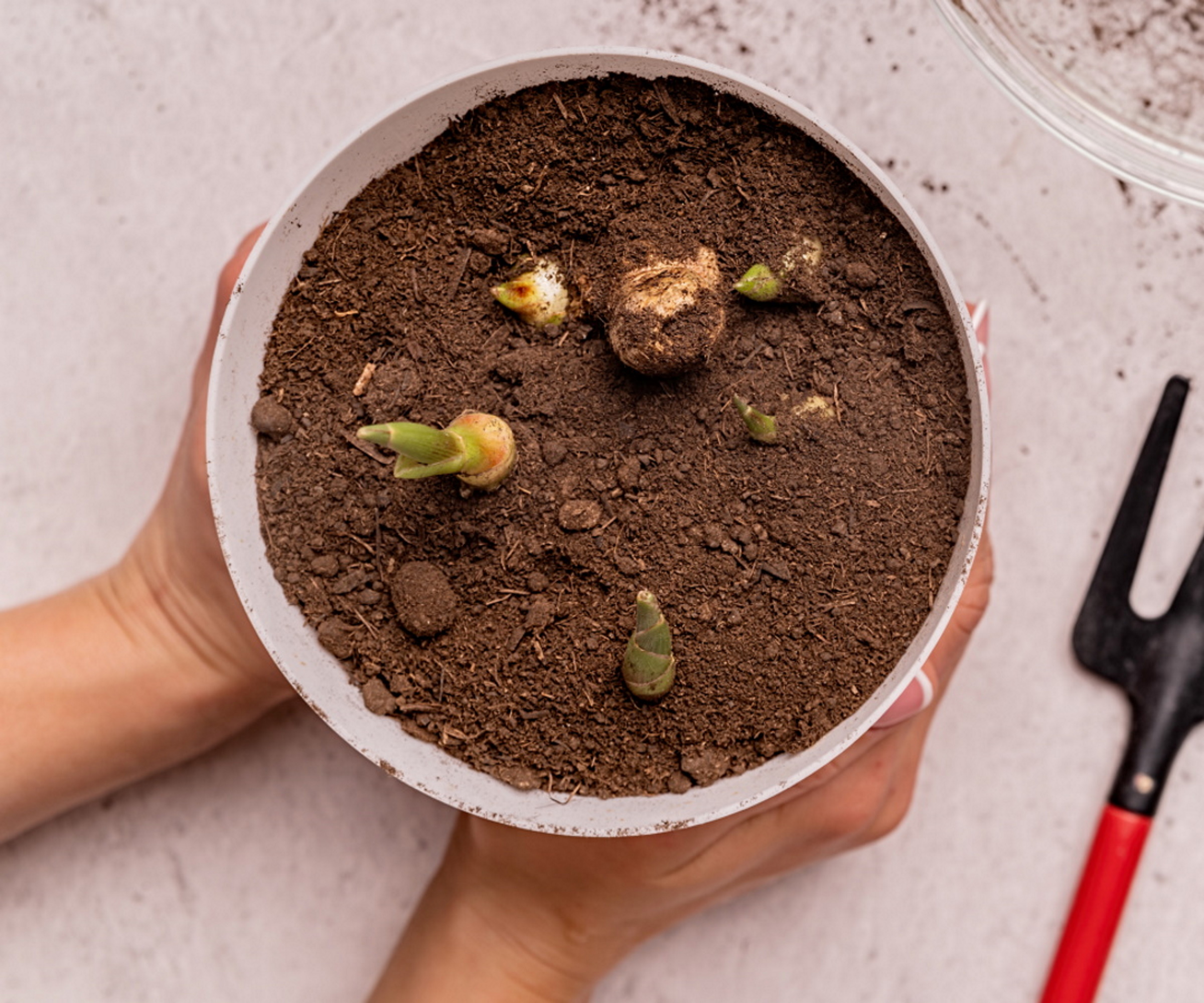
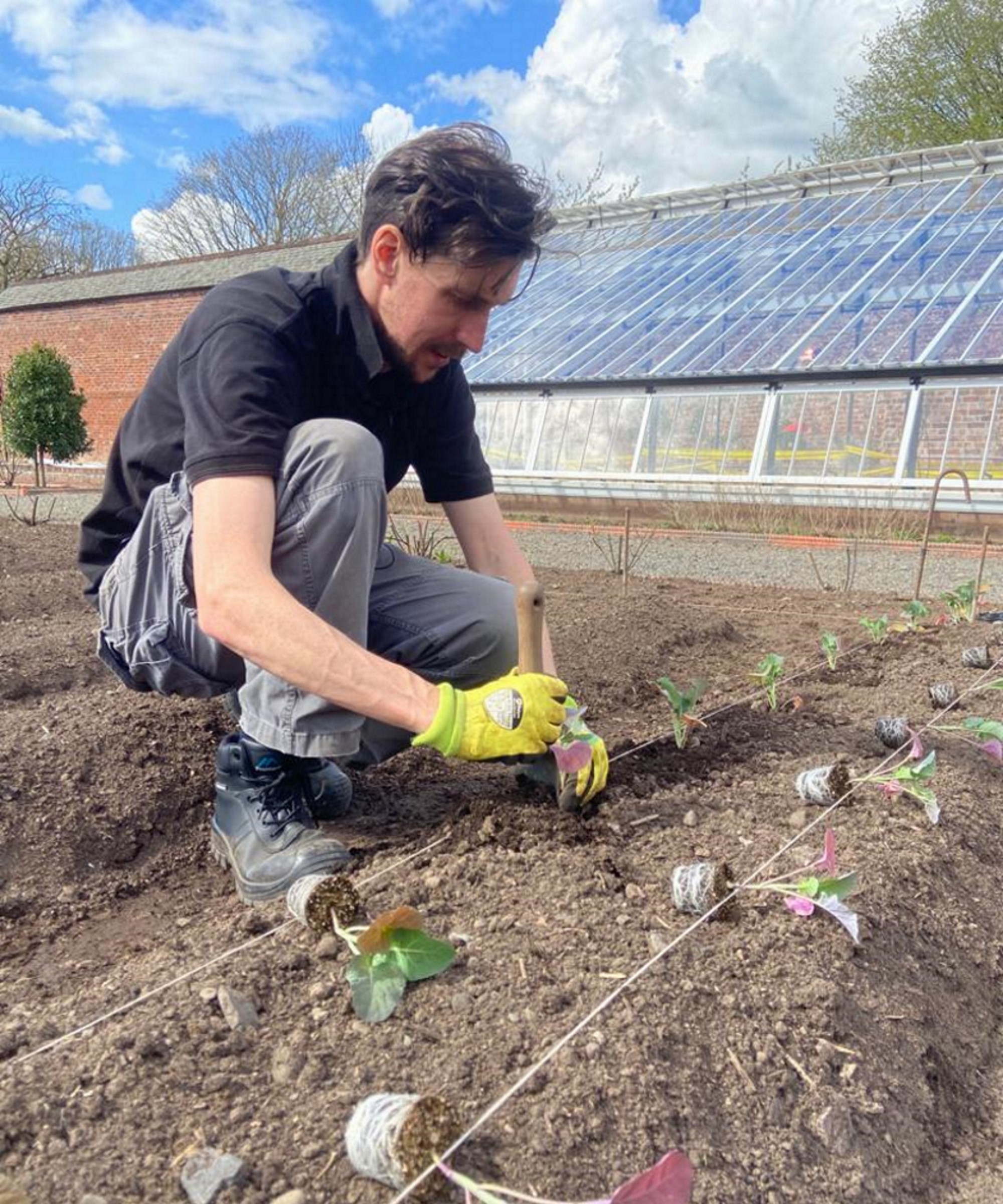
Drew qualified as a journalist and wrote for many websites and publications, before studying for a horticulture qualification. He worked as a professional gardener for several years, specializing in kitchen gardening. He's now bringing his expertise and passion to Homes & Gardens as a member of our team.
How to grow ginger in pots
Outdoors, ginger will do best in US hardiness zones 8-12 and should be planted in early spring as the weather starts to warm up. With a room temperature above 75°F, ginger can be grown indoors in pots all year round.
'Ginger is very easy to grow. It just takes a long time,' says David Whitwam, professional gardener and founder of Whitwam Organics. You just need a few things to get started:
- A piece of ginger
- A pot at least 12 inches tall
- Nutrient-rich potting mix
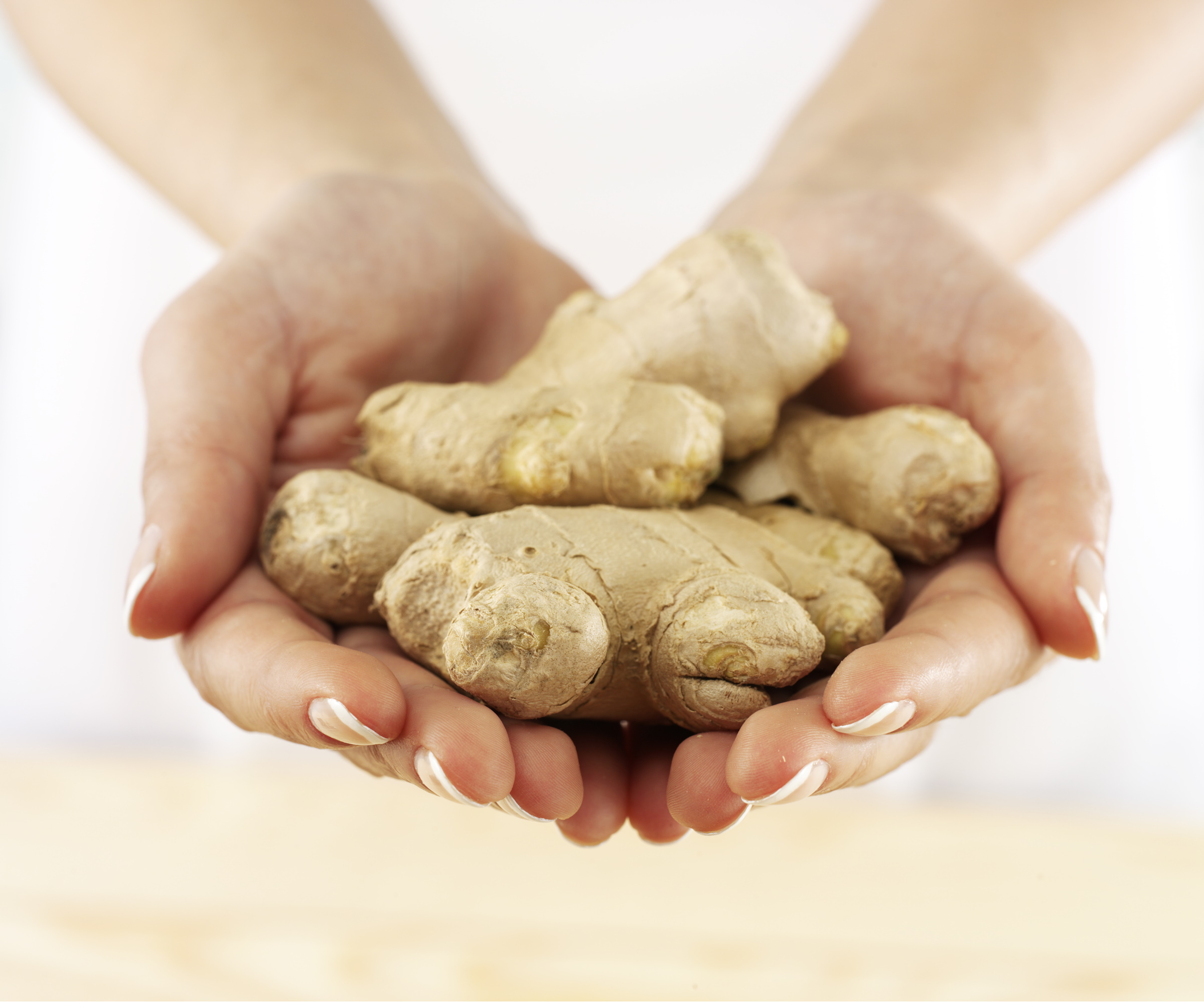
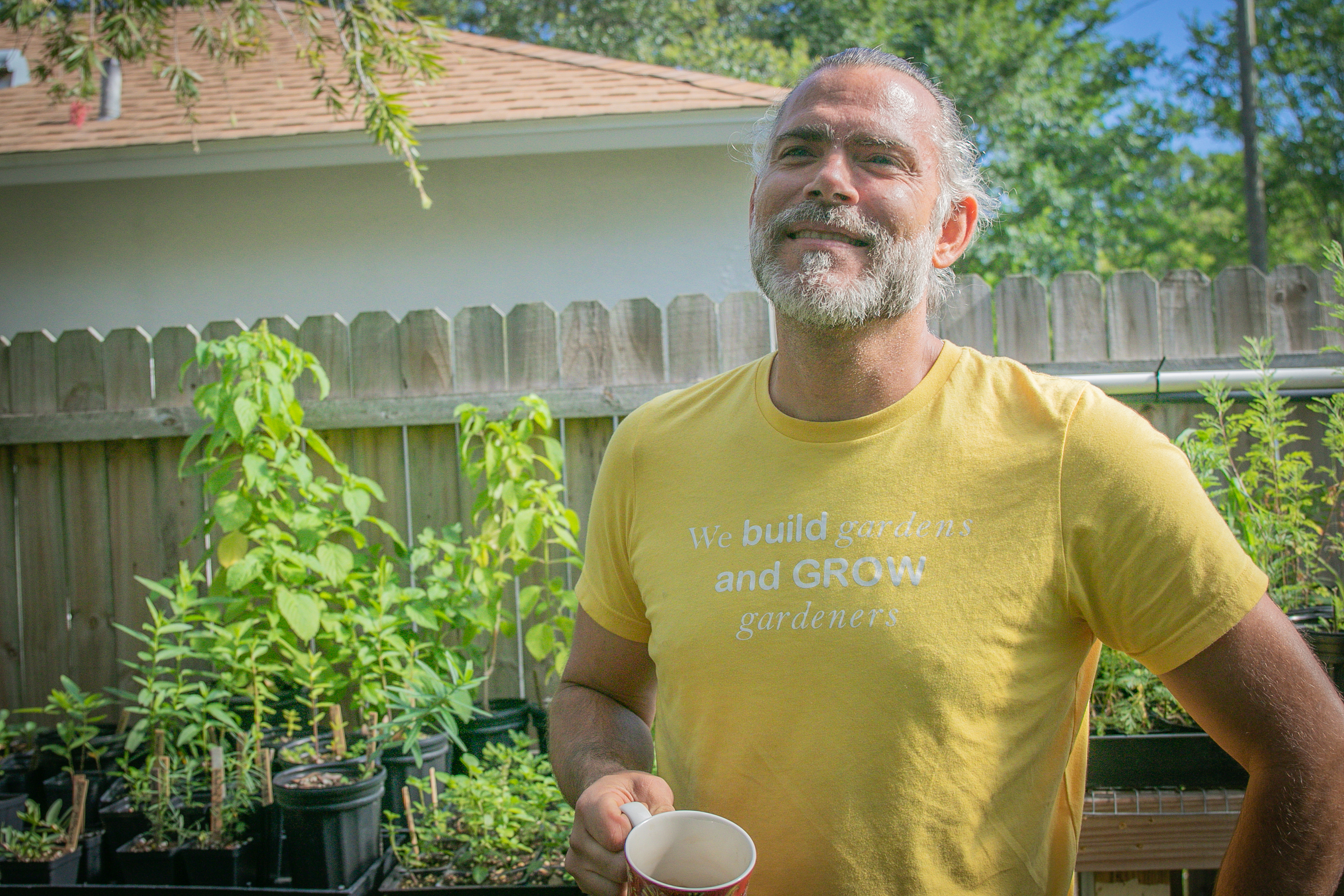
David Whitwam is the owner of Whitwam Organics, which handles every aspect of gardening. This includes growing produce, fertilization, pest control in the garden, and much more.
The first thing to do is a select a piece of ginger, whether that's from a store, like this fresh ginger from Walmart, or homegrown. 'Preferably one that has started to bud out but not dried out, around the size of your thumb,' says David.
There will be a higher success rate if you choose a piece of ginger that already has small rhizomes emerging, as this will establish quicker.
'Some people would do a pre-soak by covering the ginger with water and soaking it overnight,' says Ashley Jonique, a chef from New Orleans. 'This can speed up the process of sprouting, but is not necessary.'


Chef Ashley Jonique has many years of experience catering high-profile private and special events. She has a wide knowledge of growing different fruit and vegetables to use in the kitchen.
It's as simple as then placing your ginger piece in the soil in your pot, around a quarter of an inch deep. It's important to use a rich, well-draining potting mix to help encourage healthy growth, like this organic potting mix from Garden Goods Direct.
'If the budding part has a pronounced point, then lay it with the point pointing up,' says David.
You can then cover your planted ginger with a light layer of soil and water moderately. 'Be sure to not overwater the soil. You can check by putting your fingers into the soil to see how deep the water reached. About three inches is good,' says Ashley.
Ensure the container is kept in a warm spot, either in a sunny spot outside or by a sunny window indoors. Take care not to let it overheat and dry out, however, and keep it at a consistent level of moisture without it becoming waterlogged.
'In a month to a few months, a ginger plant will emerge, and within a year the root will begin spreading,' says David.
With plenty of humidity and lots of bright light, your Zingiber officinale will also reward you with striking flowers in summer, often red or pink.
FAQs
How do you harvest ginger?
You'll know when it's time to harvest your ginger when the leaves are yellow and the stems are dry, around 10 months after the ginger sprouted. You can harvest your crop by digging up the whole plant. This is easier when growing ginger in pots because it reduces risk of disturbing neighboring plants. Clean the soil off the rhizomes and separate the ginger from the piece you will use to grow your next ginger plant.
How do you store ginger?
Storing ginger is easy. You should first check that the roots are clean and in good condition. You can then store it on a kitchen side short-term, or in a fridge unpeeled and tightly wrapped up. If you wish to freeze your ginger, it's best to finely chop it or grate it. If frozen, it will last for around three months before the quality starts to worsen.
How do you get ginger to sprout before planting?
Getting ginger to sprout before planting can assist in encouraging growth once it is planted. It's best to start with a firm, fresh piece of ginger that has little nubs where roots will develop. You can encourage it to sprout by keeping it in a moist environment. Making it damp with a cloth and keeping it in a plastic bag works well for this, creating a greenhouse effect. Keeping it at a warmer room temperature, around 70°F, will also encourage sprouting. After a couple of weeks, you may notice roots growing and after around a month to six weeks, your sprouted ginger will be ready to plant.
Growing ginger in pots can be highly beneficial, both for your space-saving convenience and to boost growing conditions. Alongside ginger, there are lots of vegetables you can grow in pots so that you can have a bountiful vegetable container garden.
Sign up to the Homes & Gardens newsletter
Design expertise in your inbox – from inspiring decorating ideas and beautiful celebrity homes to practical gardening advice and shopping round-ups.

Tenielle is a Gardens News Writer at Homes & Gardens. She holds a qualification in MA Magazine Journalism and has over six years of journalistic experience. Before coming to Homes & Gardens, Tenielle was in the editorial department at the Royal Horticultural Society and worked on The Garden magazine. As our in-house houseplant expert, Tenielle writes on a range of solutions to houseplant problems, as well as other 'how to' guides, inspiring garden projects, and the latest gardening news. When she isn't writing, Tenielle can be found propagating her ever-growing collection of indoor plants, helping others overcome common houseplant pests and diseases, volunteering at a local gardening club, and attending gardening workshops, like a composting masterclass.
-
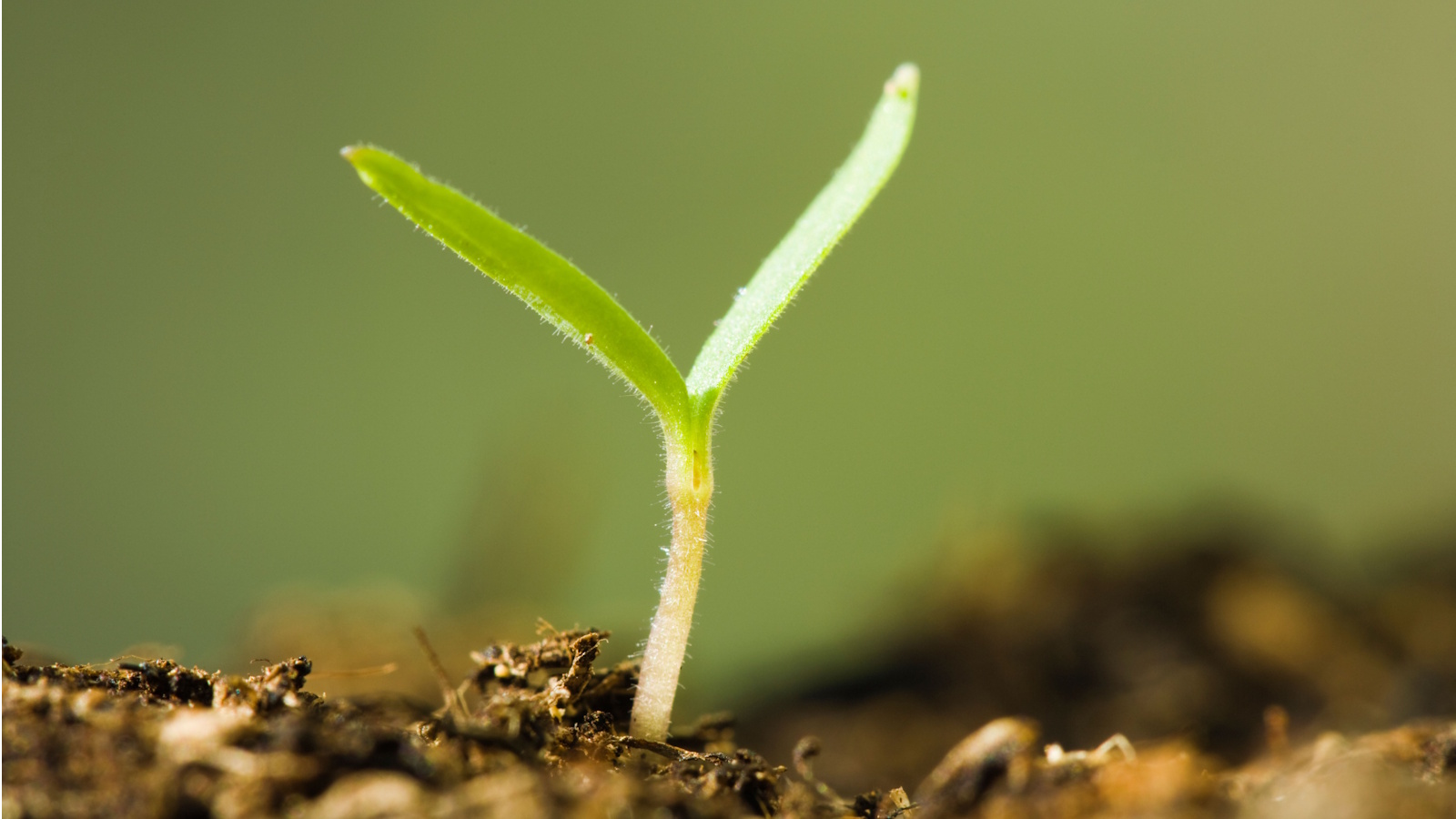 Experts say to only use homemade compost after testing it with this fail-safe method – they say it will guarantee healthy soil and support plant growth
Experts say to only use homemade compost after testing it with this fail-safe method – they say it will guarantee healthy soil and support plant growthSimply grab some fast-growing seeds and observe how they germinate in your compost
By Tenielle Jordison Published
-
 How safe are carpet deodorizers? As a seasoned vacuum tester, I urge you to try alternative methods
How safe are carpet deodorizers? As a seasoned vacuum tester, I urge you to try alternative methodsNatural cleaning is always the answer
By Dan Fauzi Published